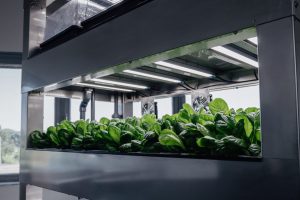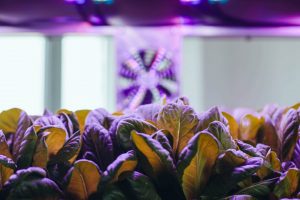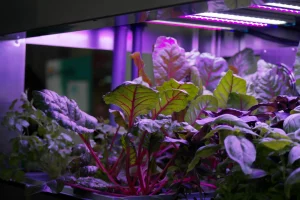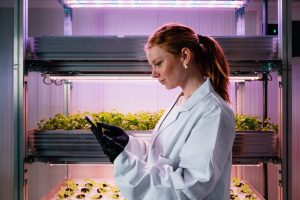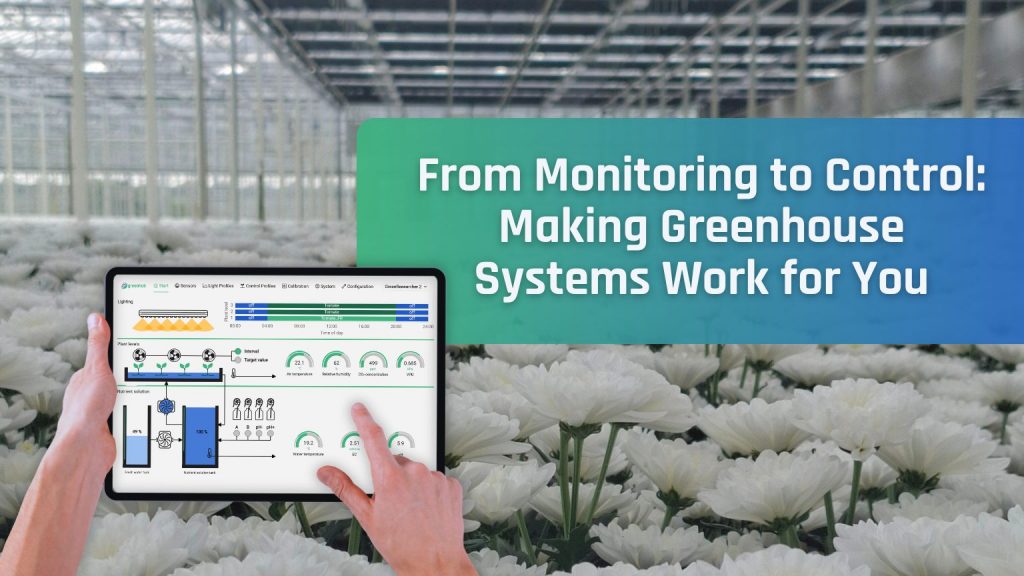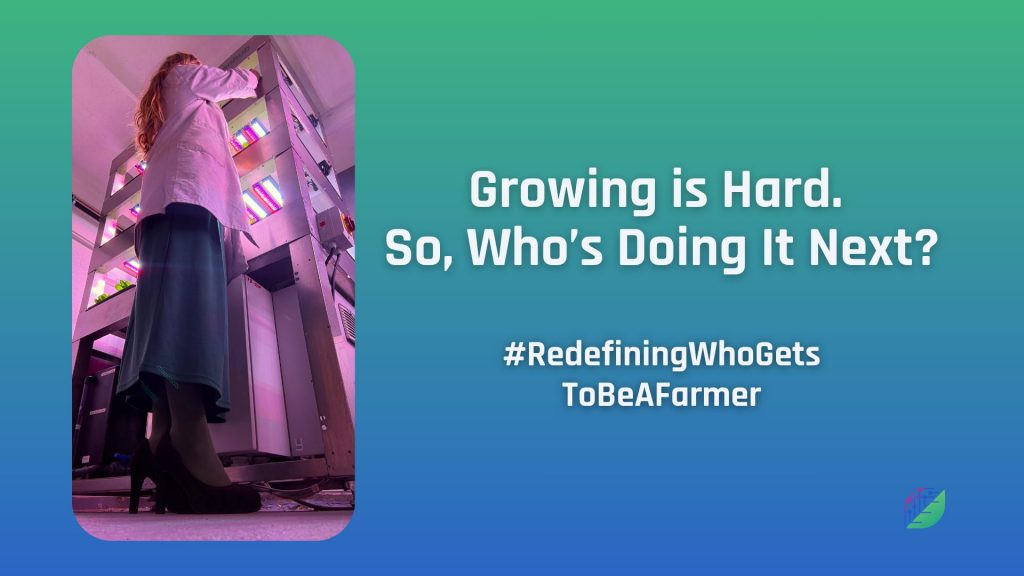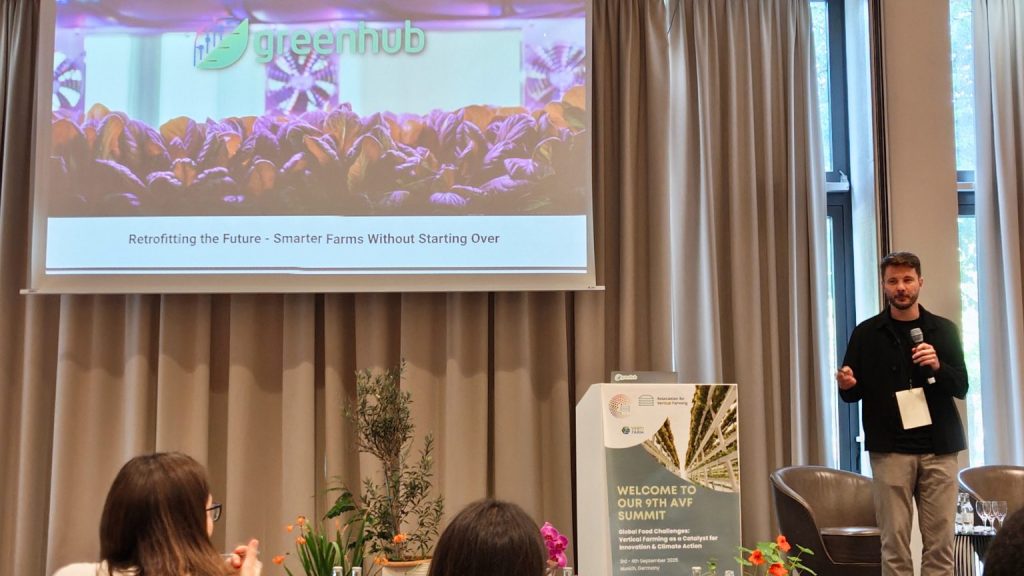From Monitoring to Control: Smarter Greenhouse Management
Your greenhouse computer knows everything, but can it act on it? Most greenhouse computers do a great job of showing what’s happening, temperature, humidity, CO₂, irrigation, but not at doing anything with that information. If you want to adjust your irrigation strategy, change a lighting schedule, or test a new climate setting, it often means […]
